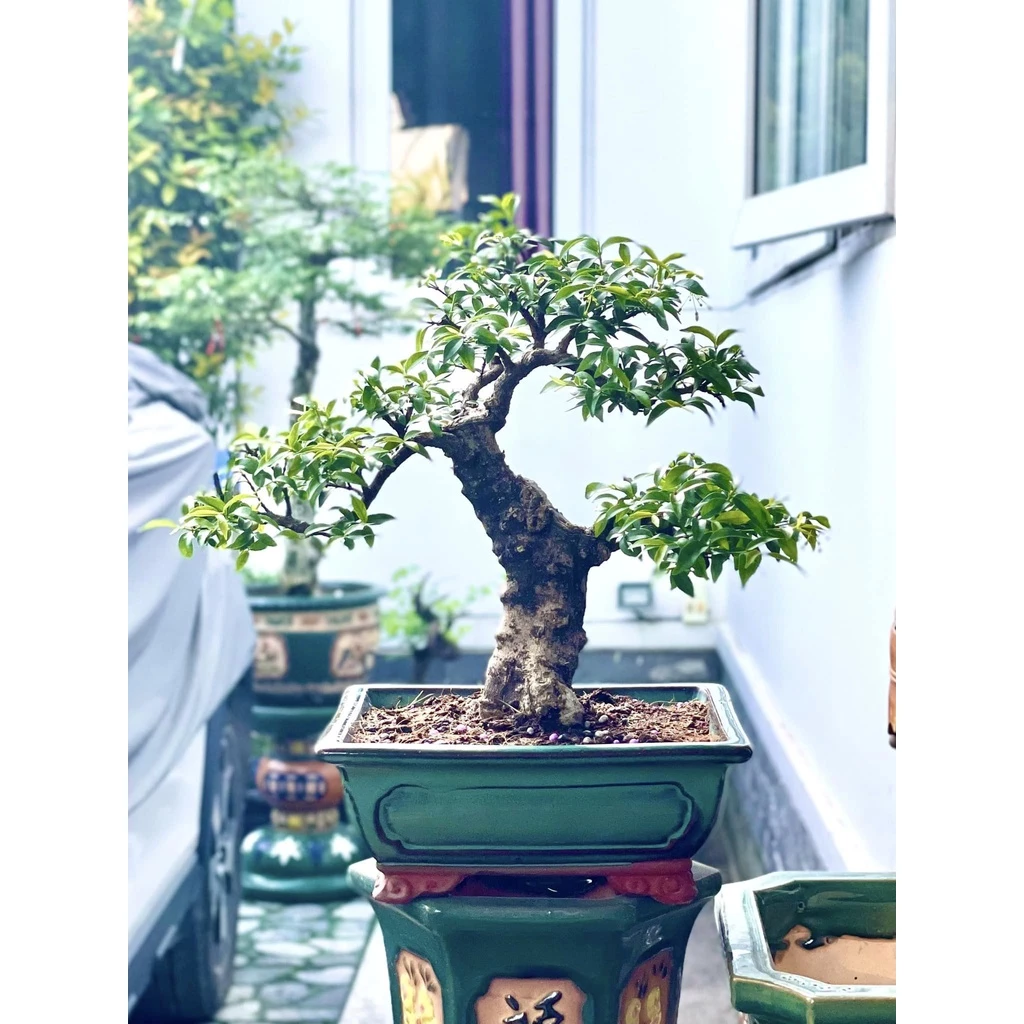Uncategorized
General introduction to Gymnocalycium mihanovichii ‘Hibotan’ cactus – Ruby Ball
Gymnocalycium mihanovichii ‘Hibotan’ is a large group of popular mutant cacti that are either deep red or pale red in color. They are often red, orange, purple, yellow, or even white (16 colors have been documented) because the stems contain little or no chlorophyll. Because chlorophyll is essential for photosynthesis, these mutants usually die as seedlings unless they are grafted onto a pitaya rootstock that allows normal photosynthesis.
General introduction to Gymnocalycium cactus
- Scientific name : Gymnocalyciums mihanovichii Hibotan
- Common Names : Ruby Ball, Red Cap Cactus, Red Hibotan, Hibotan, Moon Cactus ‘Hibotan’
- Other scientific names : Gymnocalycium mihanovichii var. friedrichii f. rubra, Gymnocalycium mihanovichii var. rubrum, Gymnocalycium mihanovichii f. rubra, Gymnocalycium friedrichii ‘Rubra’
Scientific classification
- Subfamily: Cactoideae
- Order: Trichocereeae
- Chi: Gymnocalycium
The stem of this cactus is usually flat or elongated, white, yellow, orange, red, greenish purple, reddish brown or ripe grape colour, can be up to 10 cm high and up to 25 cm in diameter, often giving off branches from both sides. The plant has 8 to 14 veins, very prominent, and has dark brown lines around the stem, especially when young. The spines are light brown, slightly twisted, up to 1 cm long. Their flowers are pale pink to purple, up to 7.5 cm long. The fruit of this species is greyish green or pinkish red, 4 cm long and 1 cm in diameter.
How to plant and care for trees
Some species prefer shade and are often found growing in grassy clumps, but others can survive in full sun. If you grow this species, some plants will need some shade during the hot summer months, but not all shade or you will lose flowers. The
soil should be a well-drained mix, and avoid being soggy after a day or two of watering. During the summer months, water regularly while the plant is growing (once a week if the plant is in a small pot), but allow the soil to dry out before watering again. Frequent watering is not recommended and is not necessary during the winter months. The danger period for the plant is in spring and autumn when the weather is changing rapidly.
You can propagate Gymnocalycium by division. Gymnocalycium seeds germinate well when fresh and can be stored for several years in cold conditions.
Like other cacti, Gymnocalycium is often attacked by aphids, so you should monitor it regularly to find a way to treat the disease.

